
|
If you handle or apply pesticides and your work clothing
is to be washed at home, a few safety measures should
be kept in mind. At the end of the work day, you can take
several steps to reduce further skin exposure to the chemicals.
They will also ensure that your family will not be exposed
to the hazardous chemicals you might have come in contact
with. These steps are:
|
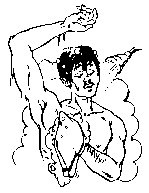 |
|
| When washing work clothing that may be contaminated with pesticides, follow these safety measures:
|
||
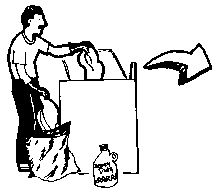 |
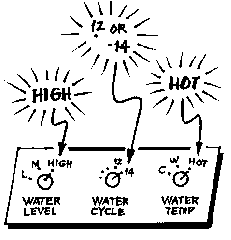 |
|
|
|
||
|
|
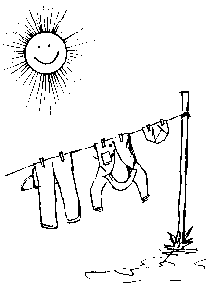 |
|
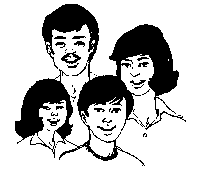 |
Some people might think the steps recommended will cost extra money, time, and effort. These may be added costs, but following them helps ensure your family's health and your own. Follow these safety rules! |
|
Safety
and Awareness Training for Agricultural Workers
UC Agricultural Health and Safety Center
and Agricultural Promotion System
NIOSH Cooperative Agreements
U05/CCU906055 and 906055-01
Department of Applied Behavioral Sciences
University of California, Davis, CA 95616
Disclaimer and Reproduction Information: Information in
NASD does not represent NIOSH policy. Information included in
NASD appears by permission of the author and/or copyright holder.
More